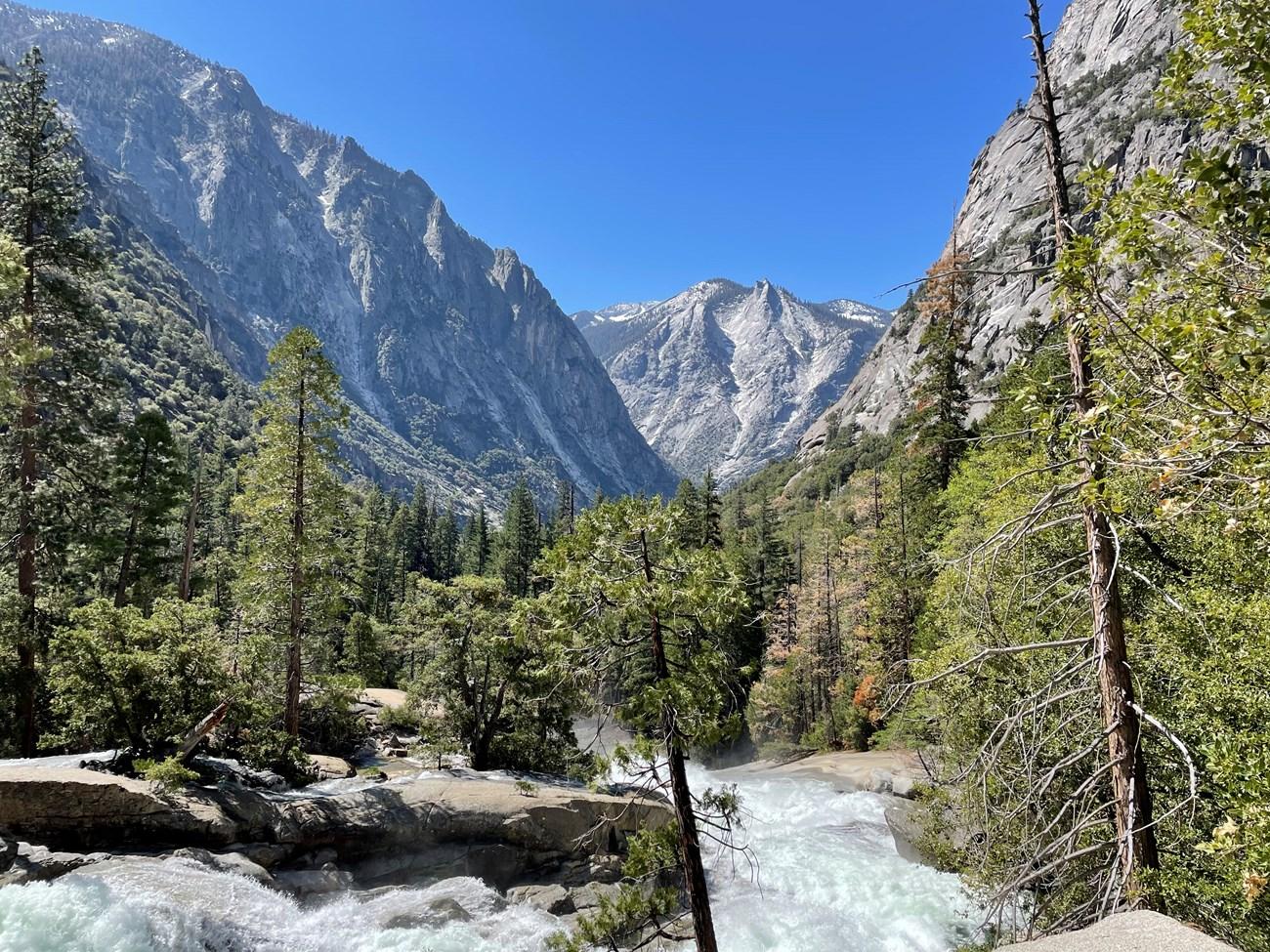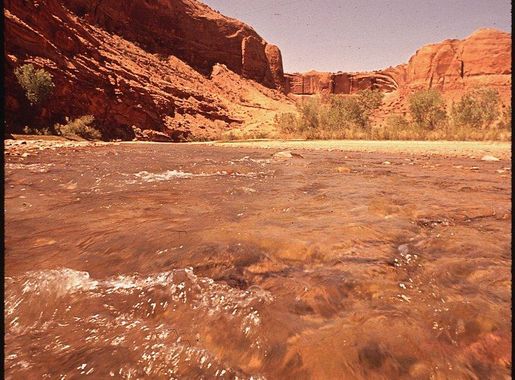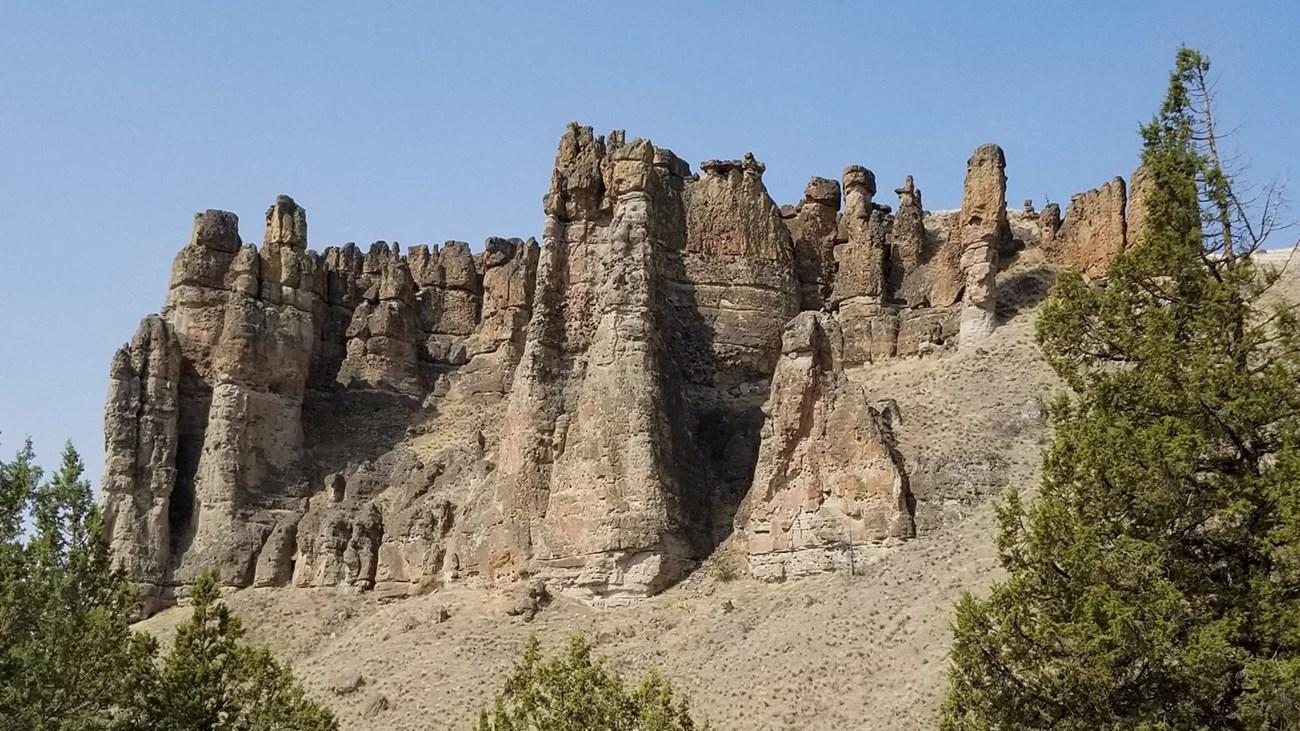
The Natural Splendor of Palisades State Park
Discover the rugged beauty and rich history of Palisades State Park in South Dakota, where dramatic quartzite formations and scenic trails await your exploration.
Nestled in the serene landscape of South Dakota, Palisades State Park is a hidden gem that offers a blend of natural beauty and recreational activities. Known for its dramatic Sioux quartzite formations, the park provides breathtaking views that are a photographer's dream. The Split Rock Creek cuts through the park, creating picturesque cliffs and scenic overlooks that captivate every visitor. The park is a haven for outdoor enthusiasts, offering a variety of trails that cater to hikers of all levels. Whether you are looking for a leisurely walk or a challenging hike, the trails meander through woodlands and along the creek, providing ample opportunities to experience the park's diverse flora and fauna. Rock climbers will find the quartzite cliffs an exciting challenge, while anglers can enjoy fishing in the creek's tranquil waters. In addition to its natural attractions, Palisades State Park is rich in history. The area was once a bustling site during the 19th-century gold rush, and remnants of this era can still be found. The park's campground and picnic areas make it an ideal spot for family outings, offering amenities that ensure a comfortable and enjoyable visit. Whether you are seeking adventure or relaxation, Palisades State Park promises a memorable experience.
Local tips in Palisades State Park
- Visit during the fall for stunning foliage and cooler temperatures.
- Pack a picnic and take advantage of the well-maintained picnic areas.
- Bring your fishing gear to try your luck in the Split Rock Creek.
- Wear sturdy shoes as the trails can be uneven and rocky.
- Check the park's schedule for guided tours and educational programs.
The Natural Splendor of Palisades State Park
Nestled in the serene landscape of South Dakota, Palisades State Park is a hidden gem that offers a blend of natural beauty and recreational activities. Known for its dramatic Sioux quartzite formations, the park provides breathtaking views that are a photographer's dream. The Split Rock Creek cuts through the park, creating picturesque cliffs and scenic overlooks that captivate every visitor. The park is a haven for outdoor enthusiasts, offering a variety of trails that cater to hikers of all levels. Whether you are looking for a leisurely walk or a challenging hike, the trails meander through woodlands and along the creek, providing ample opportunities to experience the park's diverse flora and fauna. Rock climbers will find the quartzite cliffs an exciting challenge, while anglers can enjoy fishing in the creek's tranquil waters. In addition to its natural attractions, Palisades State Park is rich in history. The area was once a bustling site during the 19th-century gold rush, and remnants of this era can still be found. The park's campground and picnic areas make it an ideal spot for family outings, offering amenities that ensure a comfortable and enjoyable visit. Whether you are seeking adventure or relaxation, Palisades State Park promises a memorable experience.
When is the best time to go to Palisades State Park?
Unmissable attractions to see
Falls Park
Explore the natural beauty of Falls Park in Sioux Falls, SD, where stunning waterfalls meet vibrant gardens and rich history.
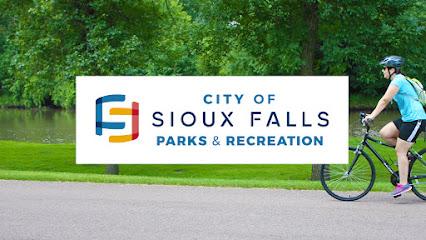
Falls Park
Explore the stunning natural beauty of Falls Park in Sioux Falls, South Dakota, featuring breathtaking waterfalls and vibrant recreational activities.
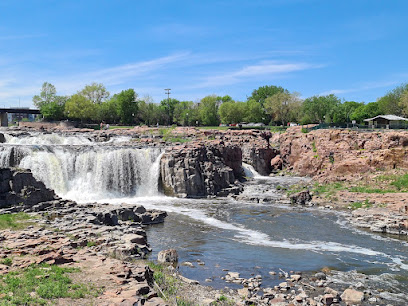
The World's Only Corn Palace
Experience the whimsical charm of the World's Only Corn Palace in Mitchell, South Dakota, where art meets agriculture in a spectacular display.
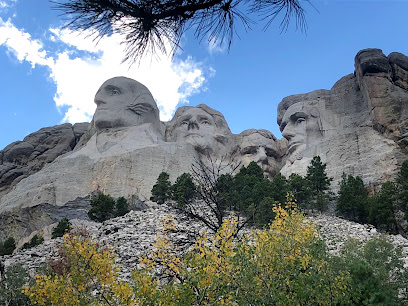
Sioux Falls Convention Center
Experience world-class events at Sioux Falls' Denny Sanford Premier Center, a versatile venue for entertainment, conferences, and more.
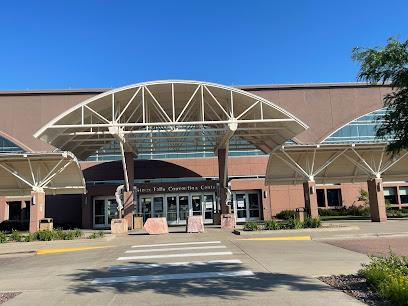
Washington Pavilion
Explore the vibrant arts and sciences at the Washington Pavilion in Sioux Falls, a hub of creativity and cultural engagement for all ages.
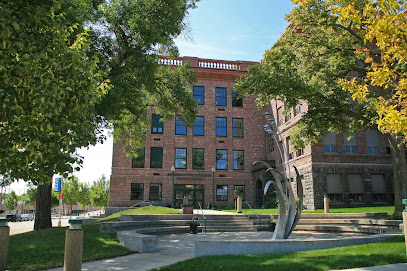
Pipestone National Monument
Explore the breathtaking landscapes and rich Native American heritage of Pipestone National Monument in Minnesota, a perfect destination for nature lovers and history enthusiasts.
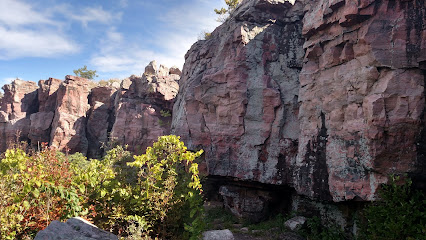
McKennan Park
Discover the serene beauty of McKennan Park, a lush landscape in Sioux Falls featuring gardens, historical landmarks, and vibrant cultural experiences.
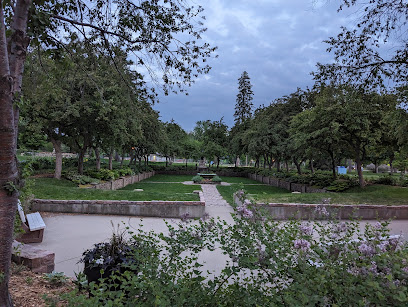
Terrace Park
Explore the natural beauty and tranquility of Terrace Park in Sioux Falls, where lush landscapes and vibrant blooms await every visitor.
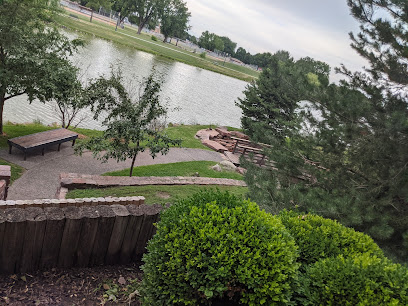
Great Bear Ski Valley
Discover the thrill of winter sports at Great Bear Ski Valley in Sioux Falls, SD, where adventure and nature unite in a stunning landscape.
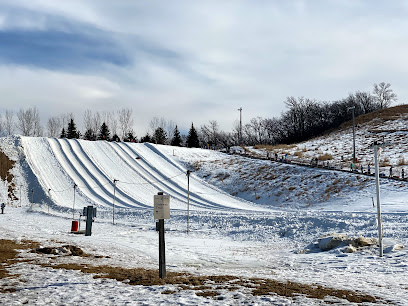
Yogi Bear’s Jellystone Park of Sioux Falls
Experience family fun at Yogi Bear's Jellystone Park of Sioux Falls—where adventure, relaxation, and memories await amidst stunning natural beauty.

Yankton Trail Park
Explore the natural beauty of Yankton Trail Park, a scenic outdoor haven in Sioux Falls, perfect for families, runners, and nature lovers alike.
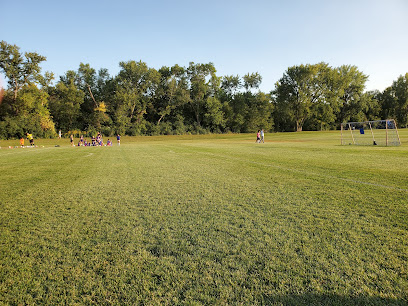
Cathedral of Saint Joseph
Discover the breathtaking beauty and serene spirituality of the Cathedral of Saint Joseph, a must-see landmark in Sioux Falls, South Dakota.
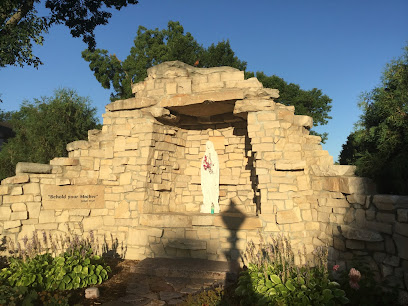
Old Courthouse Museum
Explore the Old Courthouse Museum in Sioux Falls, a historical gem showcasing the rich tapestry of local history and culture through stunning exhibits.
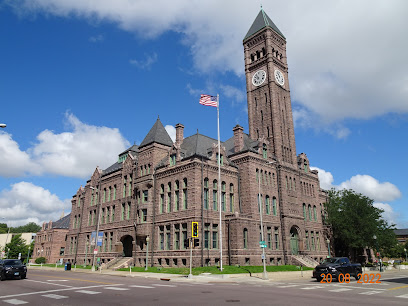
Tuthill Park
Explore the natural beauty of Tuthill Park in Sioux Falls, SD, a perfect destination for outdoor fun and relaxation amidst stunning scenery.
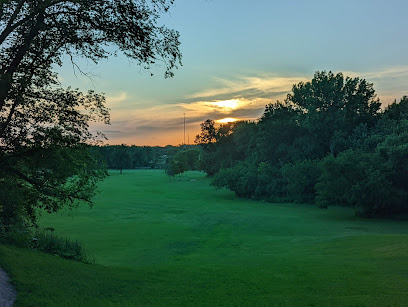
Spencer Park
Discover the tranquility of Spencer Park in Sioux Falls, where nature meets recreation for a perfect getaway.
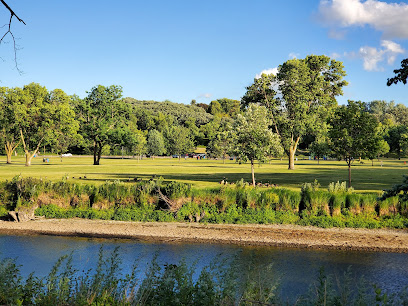
Essential places to dine
Alpine Inn
Experience authentic German cuisine and cozy accommodations at Alpine Inn in scenic Hill City - your gateway to Black Hills adventures.
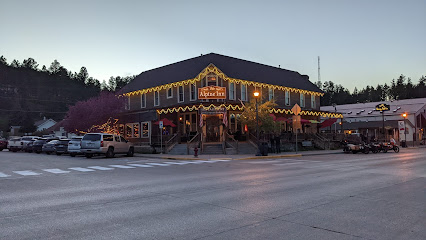
Tally's Silver Spoon
Discover Tally's Silver Spoon in Rapid City – where delightful American cuisine meets warm hospitality in an inviting setting.
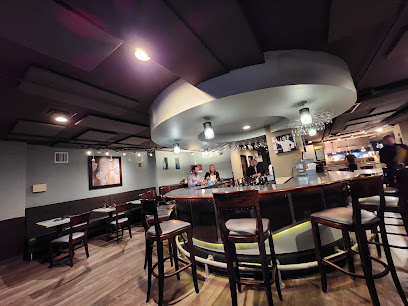
Minervas Restaurant
Experience the finest dining at Minervas Restaurant in Sioux Falls – where exquisite flavors meet exceptional service.
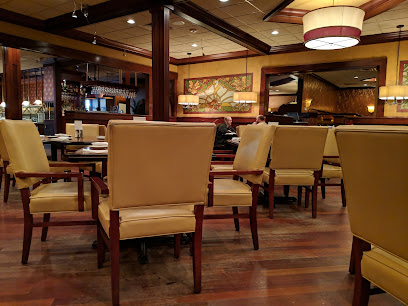
Powder House
Discover Powder House: A premier steakhouse and motel in Keystone offering delicious food and warm hospitality amidst South Dakota's scenic beauty.

Purple Pie Place
Experience the sweet taste of homemade pies and delightful treats at Purple Pie Place in Custer, SD—a must-visit for dessert enthusiasts.
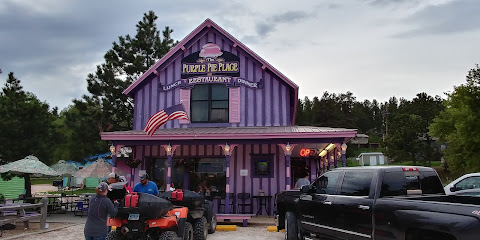
Palisades State Park
Explore Palisades State Park: A Scenic Haven for Outdoor Adventures in South Dakota's Breathtaking Landscapes.

Mt. Rushmore Brewing Company & Pounding Fathers Restaurant
Discover local craft brews and delicious comfort food at Mt. Rushmore Brewing Company in Custer, South Dakota.
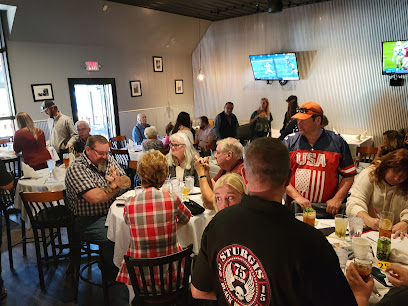
Grille 26
Discover Grille 26 in Sioux Falls: A family-friendly restaurant offering mouthwatering grill dishes and delightful desserts.
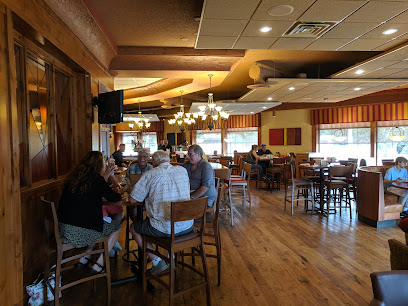
The Custer Wolf - Food & Drink
Discover delicious American cuisine and vibrant bar vibes at The Custer Wolf in picturesque Custer, South Dakota.
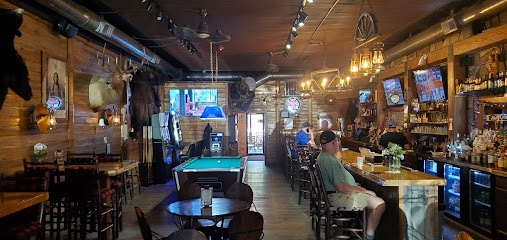
Morrie’s Steakhouse
Experience unparalleled fine dining at Morrie’s Steakhouse in Sioux Falls – where every steak tells a story.
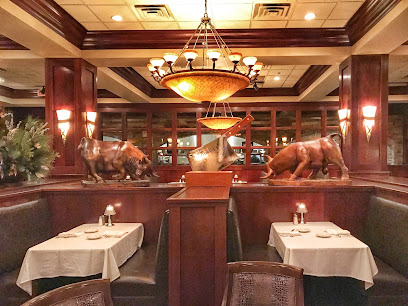
Begging Burro Mexican Bistro
Experience vibrant flavors and authentic dishes at Begging Burro Mexican Bistro in Custer, SD - A culinary delight for every traveler.
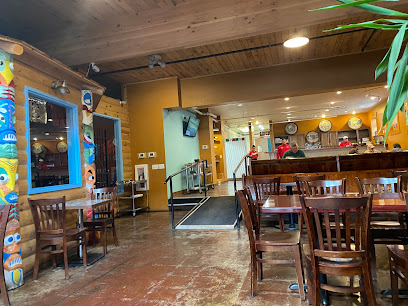
Tailgator's
Experience the best of American grilling at Tailgator's in Brandon, SD – where every meal is made with passion and served with flair.
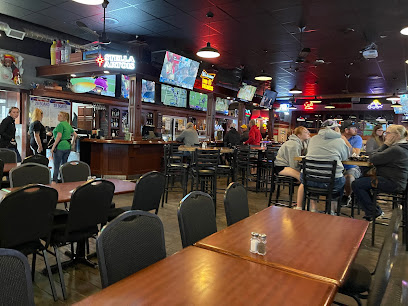
ROAM Kitchen + Bar
Discover culinary excellence at ROAM Kitchen + Bar in Sioux Falls—where local flavors meet global cuisine in a vibrant atmosphere.
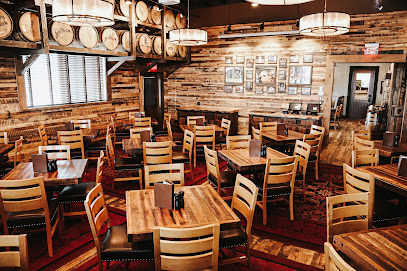
Baker's Bakery & Cafe
Discover comfort food at Baker's Bakery & Cafe in Custer - where fresh flavors meet cozy ambiance.
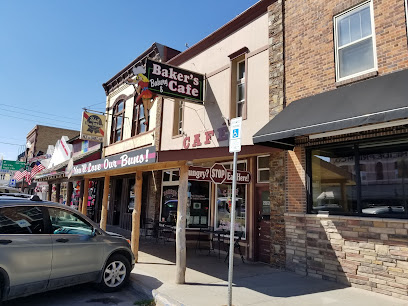
Ode to Food and Drinks
Discover Sioux Falls' culinary delight at Ode to Food and Drinks—where American flavors meet vibrant social dining.
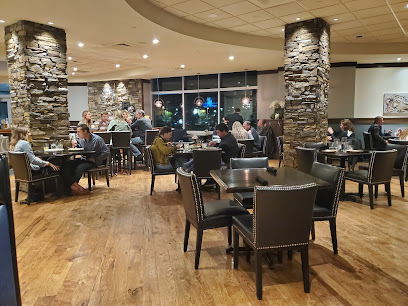
Markets, malls and hidden boutiques
The Empire Mall
Discover an unparalleled shopping experience at The Empire Mall, where fashion, dining, and entertainment come together in Sioux Falls.
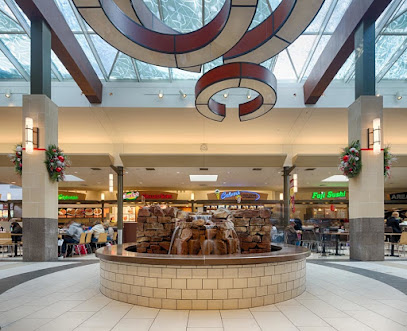
Palisades State Park
Explore Palisades State Park: A breathtaking destination in South Dakota with stunning landscapes and endless outdoor adventures.
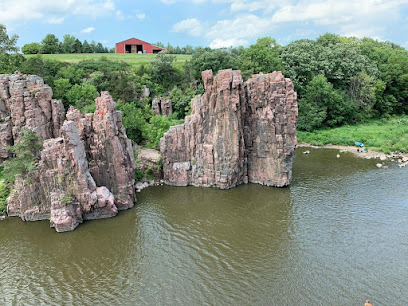
Devil's Gulch Park
Explore the enchanting landscapes and historical tales at Devil's Gulch Park, a premier destination for outdoor adventurers in South Dakota.
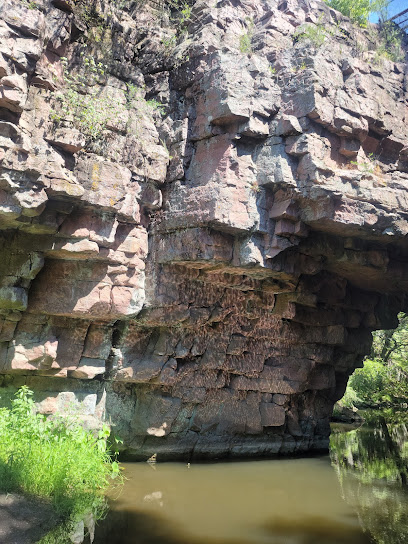
Zandbroz Variety
Discover unique books and local artisan gifts at Sioux Falls' charming Zandbroz Variety bookstore, a haven for book lovers and treasure hunters.
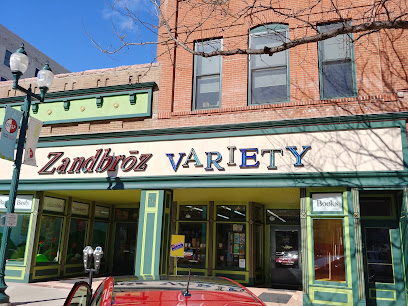
Great Outdoor Store
Discover the Great Outdoor Store in Sioux Falls, your one-stop shop for outdoor clothing, equipment, and adventure gear in South Dakota.
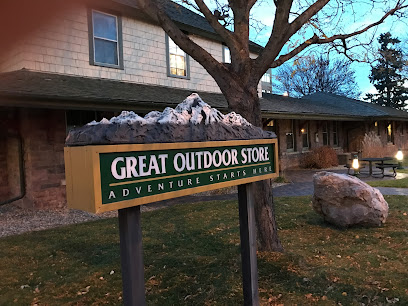
Terra Shepherd Boutique & Apothecary
Explore the charm of Sioux Falls at Terra Shepherd Boutique & Apothecary, where unique finds and local artistry come together in perfect harmony.
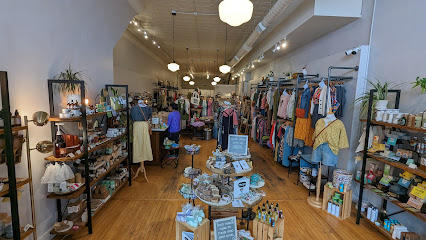
Gift & Thrift
Explore unique treasures and affordable finds at Gift & Thrift in Sioux Falls, SD, where every item tells a story.
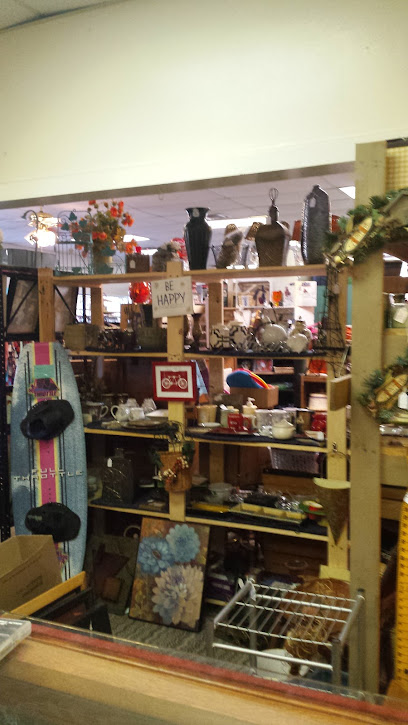
Dollar General
Explore Dollar General in Garretson for budget-friendly shopping of essentials, seasonal goods, and unique souvenirs during your travels.
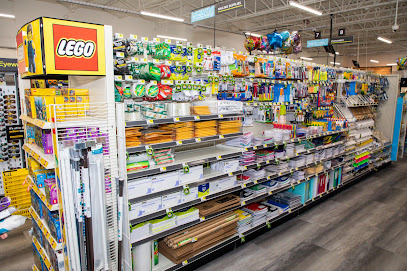
Sticks and Steel
Explore Sticks and Steel for unique gifts and handcrafted jewelry in the heart of Sioux Falls, South Dakota.
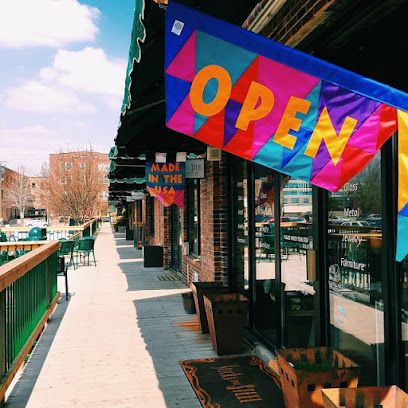
Garretson Food Center
Discover the essence of South Dakota at Garretson Food Center, a charming grocery store offering local flavors and a warm community atmosphere.
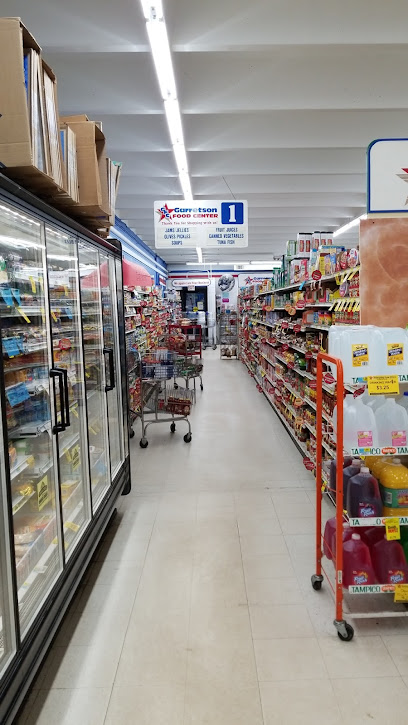
Mustard Seed Catholic Store Sioux Falls
Explore Mustard Seed Catholic Store in Sioux Falls for unique religious gifts, local artisan creations, and a welcoming shopping experience.
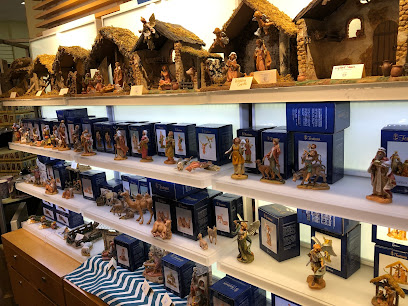
Urban Archaeology
Discover the hidden treasures of Urban Archaeology in Sioux Falls, where antique furniture and vintage clothing await to tell their stories.
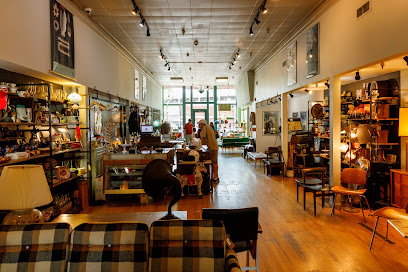
Annie's Coffeehouse
Discover the cozy charm of Annie's Coffeehouse in Garretson, where exceptional coffee and delightful treats await every visitor.
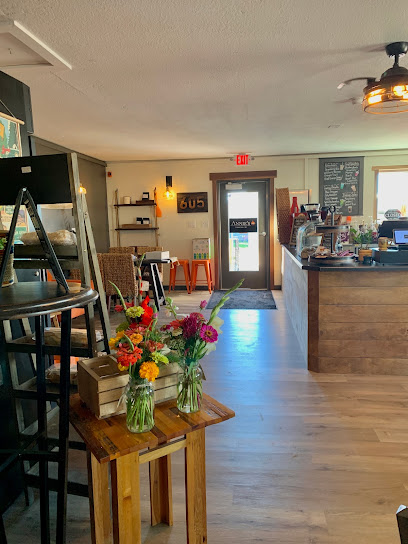
Rose and Eugene Presents
Discover unique handcrafted gifts and art supplies at Rose and Eugene Presents, where local artistry comes to life in Sioux Falls.
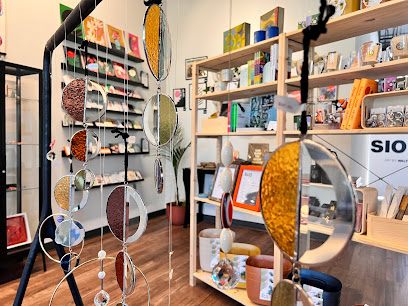
The Treasure Chest
Explore The Treasure Chest in Garretson, SD - a thrift store brimming with unique finds, local treasures, and vintage charm for every treasure hunter.
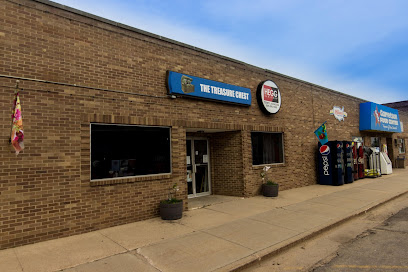
Essential bars & hidden hideouts
Tailgator's
Experience the vibrant atmosphere and mouthwatering dishes at Tailgator's, the premier grill and bar in Brandon, South Dakota.

Wileys Bar
Discover Wileys Bar in Sioux Falls – a vibrant grill, lounge, and live music venue where great food meets unforgettable entertainment.
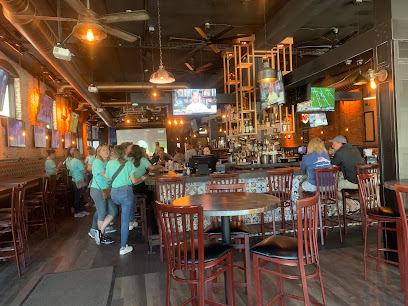
Safari Bar And Grill
Savor the wilderness at Safari Bar And Grill, where grilled perfection meets vibrant hospitality in Renner, South Dakota.
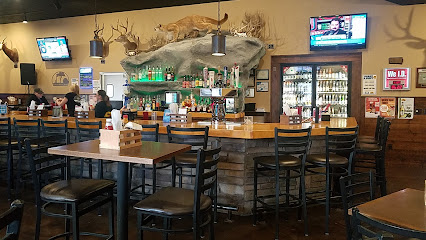
212 The Boiling Point
Experience the lively atmosphere and delicious grill favorites at 212 The Boiling Point in Brandon, South Dakota.
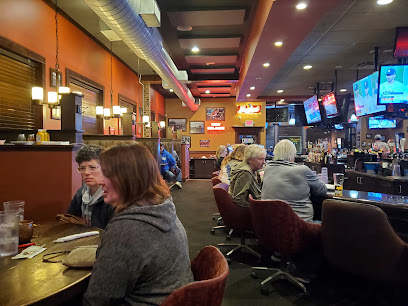
Red Rock Bar & Grill
Experience the lively atmosphere of Red Rock Bar & Grill in Brandon, SD, where delicious grill cuisine meets live music and exciting casino action.

Carpenter Bar
Experience the vibrant atmosphere and unique drink offerings at Carpenter Bar, a must-visit destination in downtown Sioux Falls.
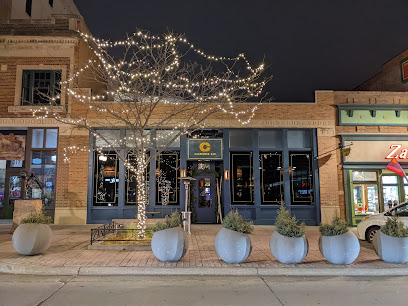
The Log Cabin
Discover the charm of The Log Cabin, a cozy bar in Sioux Falls offering a delightful selection of drinks and a warm, inviting atmosphere.
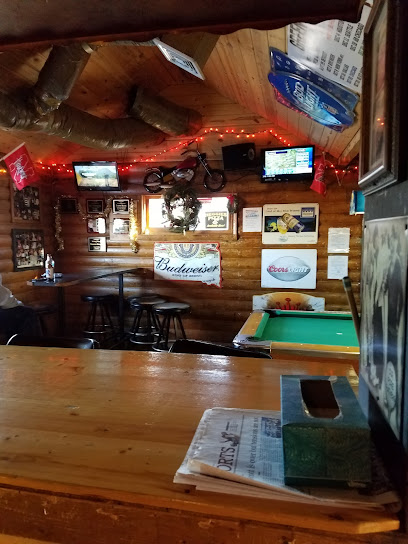
Alpine Inn
Experience the comfort and local flavors at Alpine Inn, the go-to lounge and bar & grill in Sioux Falls for a memorable dining experience.
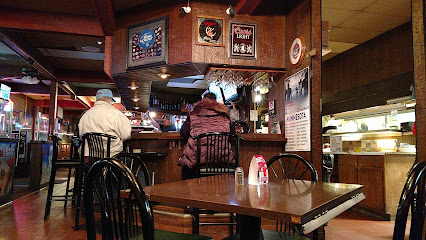
Top Hat Bar & Lounge
Discover the vibrant nightlife of Sioux Falls at Top Hat Bar & Lounge, where great drinks and a diverse crowd await.

Red Eye Bar & Casino
Discover the lively atmosphere and gaming excitement at Red Eye Bar & Casino in Sioux Falls, a top choice for tourists seeking fun and entertainment.
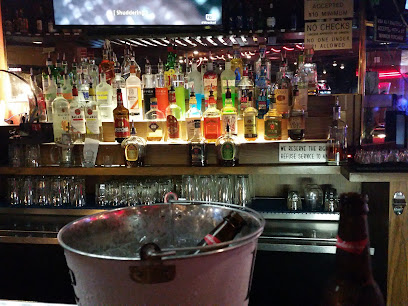
Bottoms Up
Discover the vibrant atmosphere and extensive drink selection at Bottoms Up, a must-visit bar in Brandon, South Dakota, for an unforgettable experience.
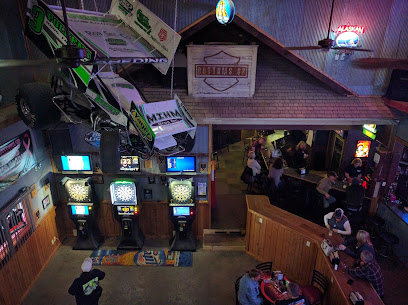
Baltic Corner
Experience the best of Dell Rapids dining at Baltic Corner, where delicious food and a vibrant atmosphere create unforgettable moments.
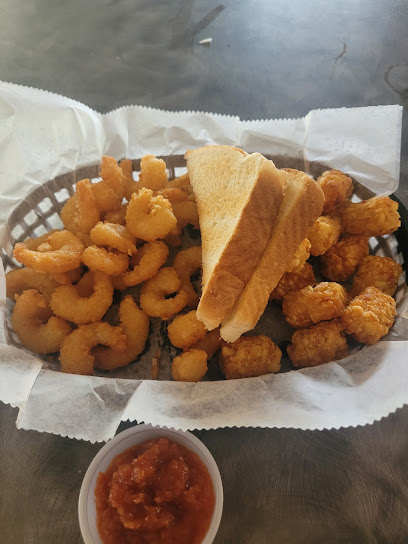
The Gruff Plates + Pours
Experience the best of American grill cuisine and vibrant bar culture at The Gruff Plates + Pours in Brandon, SD, perfect for food lovers and social gatherings.
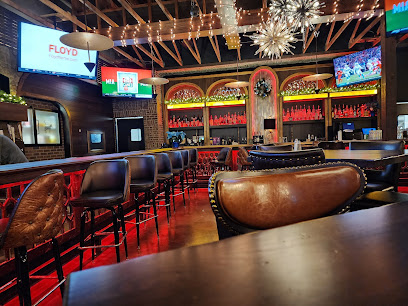
Sports Cabin
Discover delicious grill specialties and a warm, friendly atmosphere at Sports Cabin in Garretson, SD, where local flavors meet sports enthusiasm.
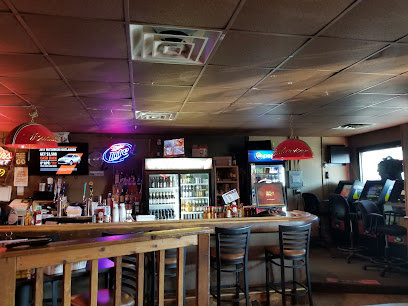
The Gulch
Experience vibrant nightlife and delicious food at The Gulch in Garretson, South Dakota, where locals and tourists unite.
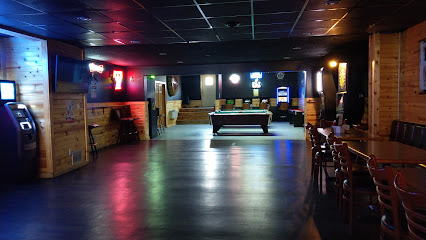
Local Phrases about Palisades State Park
-
- HelloHau
[how] - GoodbyeWaska
[wah-skuh] - YesHe
[hay] - NoHin
[heen] - Please/You're welcomeEčiyapi
[ay-chee-yah-pee] - Thank youPilamaya
[pee-lah-mah-yah] - Excuse me/SorryWówa
[woh-wah] - How are you?Hečhašte kiŋ lená
[hay-chah-shdeh keen lenah] - Fine. And you?Wašté. Hanhepi kiŋ lená?
[wahshtay. hahn-hay-pee keen lenah?] - Do you speak English?English iyápi kiŋ lená?
[ing-glish ee-yah-pee keen lenah?] - I don't understandTȟoká he
[thoh-kah hay]
- HelloHau
-
- I'd like to see the menu, pleaseMenu kiŋ tȟaŋhaŋ Wíyakel tȟaŋhaŋ he
[meh-noo keen thahng-hahn wee-yah-kayl thahng-hahn hay] - I don't eat meatPté kiŋ wíyakel he
[phtay keen wee-yah-kayl hay] - Cheers!Skol!
[skohl] - I would like to pay, pleaseOwóglakiciya kiŋ he
[oh-woh-glah-kee-chee-yah keen hay]
- I'd like to see the menu, pleaseMenu kiŋ tȟaŋhaŋ Wíyakel tȟaŋhaŋ he
-
- Help!Aŋpetu
[ahng-pay-too] - Go away!Aŋpetu yelo!
[ahng-pay-too yeh-loh] - Call the Police!Wíyayake kiŋ Olowanpi he!
[wee-yah-yah-kay keen oh-loh-wahn-pee hay] - Call a doctor!Wíyayake kiŋ Wíyakel tȟókȟa he!
[wee-yah-yah-kay keen wee-yah-kayl thoh-khah hay] - I'm lostWíyakel tȟáŋkačháŋ he
[wee-yah-kayl thahng-kah-cha-khahn hay] - I'm illLíla hčhe
[lee-lah huh-chay]
- Help!Aŋpetu
-
- I'd like to buy...Kiŋ wíyakel he...
[keen wee-yah-kayl hay] - I'm just lookingKǧa kiŋ lá wíyakel
[kahn-gah keen lah wee-yah-kayl] - How much is it?Tȟoká heháŋ?
[thoh-kah hay-hahn] - That's too expensiveTȟoká wóóšake
[thoh-kah woh-oh-shah-kay] - Can you lower the price?Wóksape kiŋ ohíŋni he?
[woh-ksha-pay keen oh-heen-nee hay]
- I'd like to buy...Kiŋ wíyakel he...
-
- What time is it?Tȟáŋka kiŋ héhaŋ?
[thahng-kah keen hay-hahn] - It's one o'clockHéhaŋ tȟáŋka kiŋ
[hay-hahn thahng-kah keen] - Half past (10)Kiŋ
[keen] - MorningIyawáhokšila
[ee-yah-wah-hoh-kshee-lah] - AfternoonIštáŋkala
[eesh-tahn-kah-lah] - EveningWíyakel
[wee-yah-kayl] - YesterdayHéhaŋ hé
[hay-hahn hay] - TodayHéhaŋ kiŋ
[hay-hahn keen] - TomorrowHéhaŋ hí
[hay-hahn hee] - 1Waníyetu
[wah-nee-yea-too] - 2Wíyohi
[wee-yoh-hee] - 3Wíyopi
[wee-yoh-pee] - 4Wíyokiyapi
[wee-yoh-kee-yah-pee] - 5Zaptan
[zahp-tahn] - 6Šakpe
[shah-kpay] - 7Šakowin
[shah-koh-wee] - 8Šakpala
[shah-kpah-lah] - 9Šakpazi
[shah-kpah-zee] - 10Wíyakel
[wee-yah-kayl]
- What time is it?Tȟáŋka kiŋ héhaŋ?
-
- Where's a/the...?Heáŋhaŋ...
[hay-ahn-hahn] - What's the address?Heáŋhaŋ tȟawápi kiŋ héhaŋ?
[hay-ahn-hahn thah-wah-pee keen hay-hahn] - Can you show me (on the map)?Map kiŋ wókico kiŋ he?
[mahp keen woh-kee-cho keen hay] - When's the next (bus)?Kíŋ kiŋ héhaŋ tȟáŋka kiŋ?
[keen keen hay-hahn thahng-kah keen] - A ticket (to ....)Ȟokšíla (ki ...)
[hohk-shee-lah keen]
- Where's a/the...?Heáŋhaŋ...
History of Palisades State Park
-
Long before European settlers arrived, the area now known as Palisades State Park was inhabited by Native American tribes, including the Dakota Sioux. The Sioux utilized the Big Sioux River for fishing and transportation and held the quartzite cliffs in spiritual significance. Artifacts found in and around the park suggest that the area was a thriving site for hunting and gathering.
-
During the early 19th century, European explorers like Lewis and Clark made their way through South Dakota, mapping the region and cataloging its natural resources. Though they did not specifically document Palisades State Park, their journey paved the way for future settlers and explorers who would come to appreciate the landscape’s unique geological features.
-
In the mid-1800s, European settlers began arriving in the area, drawn by the promise of fertile land and abundant resources. The town of Garretson, located near Palisades State Park, was established in 1878 by A.S. Garretson, a prominent banker and entrepreneur. The settlers were captivated by the area's natural beauty, particularly the dramatic cliffs formed from Sioux quartzite.
-
The arrival of the railroad in the late 19th century marked a significant development in the region. The Chicago, Rock Island and Pacific Railroad laid tracks through the area, facilitating commerce and transportation. The railroad bridge over Split Rock Creek is a notable historical landmark within the park, symbolizing the industrial progress of the era.
-
Palisades State Park was officially established in 1970, preserving the unique landscape and historical significance of the area. The park's creation was part of a broader movement to conserve natural spaces and provide recreational opportunities for the public. Since then, it has become a cherished destination for hiking, rock climbing, and exploring the scenic beauty of South Dakota.
-
The park's striking cliffs are composed of Sioux quartzite, a hard, pinkish stone that is over 1.2 billion years old. This geological formation is a significant feature of the park and provides a window into the Earth's ancient history. The quartzite was formed from ancient sand beaches, now transformed into rock through millions of years of pressure and heat. The cliffs rise dramatically above the Big Sioux River, creating a picturesque and unique landscape.
Palisades State Park Essentials
-
Palisades State Park is located near Garretson, South Dakota, about 23 miles northeast of Sioux Falls. The nearest major airport is Sioux Falls Regional Airport (FSD). From the airport, you can rent a car and drive to the park, which takes approximately 30 minutes. Alternatively, you can take a taxi or a rideshare service from the airport to the park.
-
While visiting Palisades State Park, having your own car is the most convenient option for getting around, as public transportation options are limited. The park has well-maintained roads and ample parking spaces. Biking and walking are also popular ways to explore the park's trails and scenic areas.
-
The official currency in the United States is the US Dollar (USD). Credit and debit cards are widely accepted in Sioux Falls and at most establishments near Palisades State Park. However, it's a good idea to carry some cash for small purchases or in case of emergencies. ATMs are available in Garretson and Sioux Falls.
-
Palisades State Park is generally a safe area for tourists. However, it's always wise to take standard precautions such as locking your car, keeping an eye on your belongings, and avoiding isolated areas after dark. There are no specific high-crime areas targeting tourists in or around the park.
-
In case of emergency, dial 911 for immediate assistance. There are medical facilities and a hospital in Sioux Falls, about 30 minutes away by car. For minor injuries or health issues, you can find first aid stations within the park. It's recommended to have travel insurance that covers medical emergencies.
-
Fashion: Do wear comfortable, weather-appropriate clothing and sturdy shoes for hiking. Avoid wearing high heels or dress shoes. Religion: Do be respectful of the natural environment and any cultural or historical markers within the park. Public Transport: Since public transport is limited, plan to use a car or bike to get around. Greetings: Do greet fellow hikers and park visitors with a friendly nod or 'hello'. Eating & Drinking: Do pack out all trash and leftovers to keep the park clean. Don't feed the wildlife, as it can be harmful to them.
-
To experience Palisades State Park like a local, visit during the off-peak seasons (spring and fall) for a more tranquil experience. Bring a picnic and enjoy it at one of the scenic picnic areas along the Split Rock Creek. For photography enthusiasts, the early morning and late afternoon offer the best lighting. Don't miss the unique rock formations and the historic buildings within the park.
Nearby Cities to Palisades State Park
-
Things To Do in Brookings
-
Things To Do in Mitchell
-
Things To Do in Sioux City
-
Things To Do in Watertown
-
Things To Do in Mankato
-
Things To Do in Fort Dodge
-
Things To Do in Mason City
-
Things To Do in Omaha
-
Things To Do in Council Bluffs
-
Things To Do in Saint Cloud
-
Things To Do in Wahpeton
-
Things To Do in Minneapolis
-
Things To Do in Ames
-
Things To Do in Saint Paul
-
Things To Do in Pierre

